Wheatgrass is a common, difficult-to-remove weed. Its ability to survive in any conditions has long attracted the interest of scientists. The study of the characteristics of the plant revealed unique medicinal properties that have a beneficial effect on human health: its treatment and recovery. The editorial staff of the site "bestx.htgetrid.com/en/" offers you information about the unique medicinal properties of wheatgrass, as well as contraindications for use.
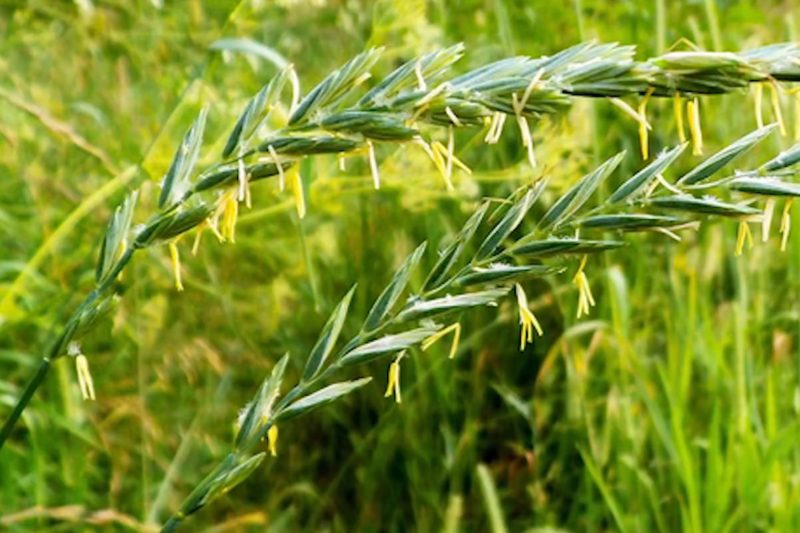
Content
Wheatgrass: a weed or a medicinal plant?
Wheatgrass is a perennial plant, herbaceous species from the family of cereals, widespread not only in Europe, but also in Asia. Main habitats: meadow, field, garden. Known for all its vitality, rapid reproduction and distribution. Among the people, especially among gardeners and gardeners, it is considered one of the harmful weeds, which is difficult to get rid of.
However, as medical studies have shown, wheatgrass has valuable medicinal properties. In foreign countries, the plant is considered medicinal.
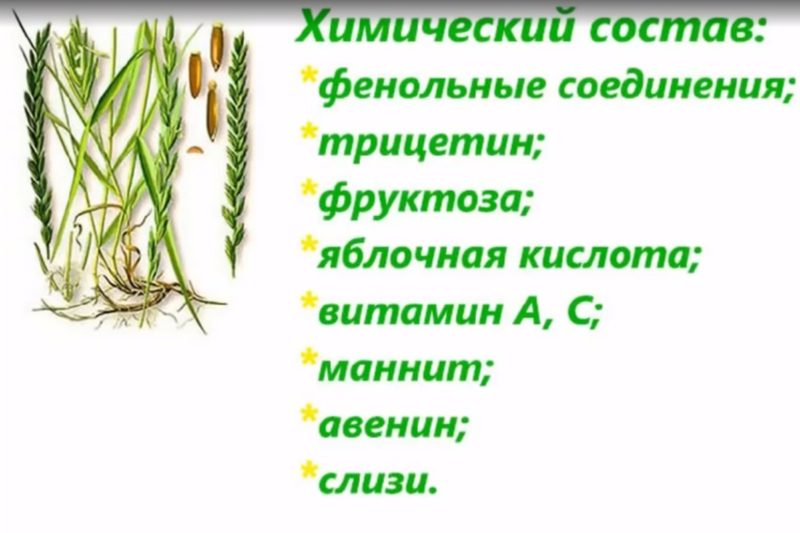
The following properties are known in medicine:
- Cleansing:
- diuretic;
- diaphoretic;
- laxative;
- expectorant;
- regulating salt metabolism;
- anti-inflammatory;
- antidepressant.
Wheat grass effectively cleanses the blood, removes toxins, as well as the radioactive substance strontium.
Therefore, it is valuable as a medicine:
- relieves skin rashes (acne, boils, eczema, psoriasis and others);
- relieves swelling;
- cleansing the kidneys, restoring their filtration;
- expels excess salt from the body;
- eliminating the effects of radiation.
- Revitalizing.
Wheatgrass helps in recovery:
- genitourinary system;
- gastrointestinal tract;
- musculoskeletal system;
- respiratory system;
- nervous system.
In addition, the plant relieves the feeling of fatigue and weakness. Helps in the treatment of stress, insomnia. It also strengthens the immune system, improves brain activity.
- Nutritious. Wheatgrass contains vitamins (B, C), minerals (magnesium, potassium, calcium, iron, zinc) useful for the body. The plant contains a lot of essential oils, tannin, carotene, inulin, saponin, as well as protein and carbohydrates.
Can be used as food. Its nutritional value is similar to that of wheat. When ground, it is suitable for baking bread, flat cakes, gingerbread. The dried roots are crushed, porridge, seasonings, casseroles are prepared. Raw is used in soups, salads, side dishes. Roasted rhizomes are suitable for preparing a coffee drink.
For what diseases is the use of wheatgrass effective?
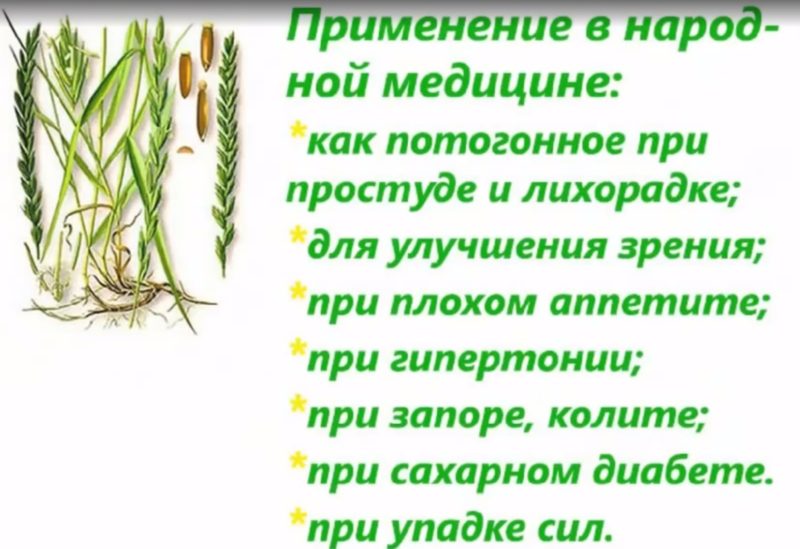
Traditional medicine recommends using a medicinal plant for the following diseases:
- Disease of the bronchi or lungs. Cough, inflammation of the upper respiratory tract is treated with a cold infusion made from 15 grams of dry root and two glasses of cold water.
- Metabolic disease. An infusion of 4 tablespoons will help improve metabolism. for 5 glasses of hot boiled water, taken in 1 tbsp. up to 5 times a day.
- Rheumatism or gout, radiculitis, osteochondrosis.A decoction is being prepared in which 30 g of dry rhizomes are used per 1 liter of water. The cooking solution should be halved. It should be consumed 3 times a day.
- Iron deficiency, anemia. Wheatgrass rhizome is a herbal formulation that helps treat iron deficiency anemia.
- Inflammation of the urinary system. One of the effective folk remedies: soak 30 g of crushed root per 1 liter of hot boiled water over a water bath for a quarter of an hour, take up to 100 g 3 r per day.
- Liver disease. If two crushed teaspoons of the plant, doused with 1 tbsp. ordinary water, after 12 hours drain and brew with boiling water, you get a multifunctional medicinal infusion. It is recommended to take it not only for liver cirrhosis, but also for the normalization of material metabolism, as well as respiratory diseases.
- Inflammation of the gallbladder. The disease is advised to be treated with the same infusion as for liver diseases.
- Disease of the stomach or intestines. Helps the same composition as in osteochondrosis in combination with the addition of a decoction to the therapeutic bath.
- Rickets. The calcium content of the plant contributes to the effective treatment of rickets. The most popular form of taking a folk remedy is a decoction of two tablespoons of the crushed mass, filled with 1 tbsp of hot water. The tool is used as a compress or added to the bath when bathing.
- Infertility, prostatitis. Wheatgrass, removing inflammation from the urinary system, has a beneficial effect on the genitals. It has the ability to kill germs, cleanse and soothe organs. A steep infusion is made in a thermos (two tablespoons of crushed root, half a liter of boiling water), taken 3 times a day before meals.
When is wheatgrass contraindicated?
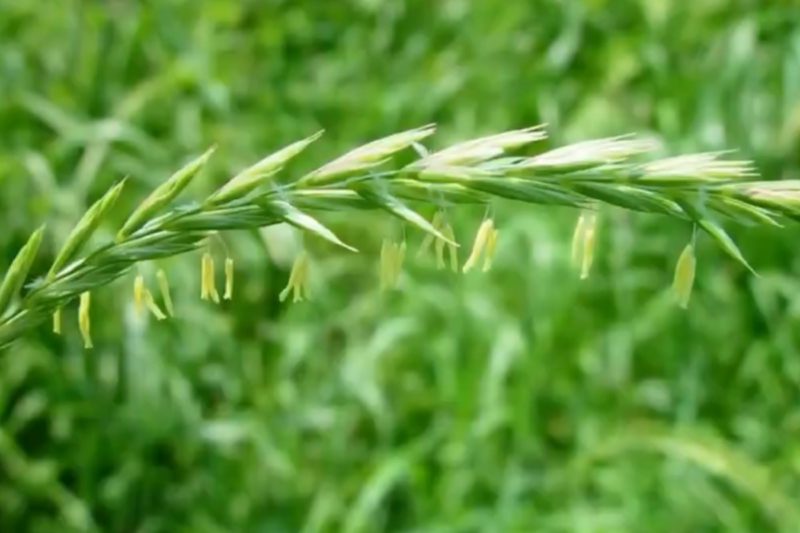
Experts do not recommend taking the herbal product for a long time and uncontrollably. First of all, you can harm the kidneys.
Medicinal herb is contraindicated:
- pregnant women;
- lactating women;
- hypotonic;
- with peptic ulcer;
- during an exacerbation of pancreatitis;
- if there is diarrhea.
In other cases, compliance with the rules for taking medications from creeping wheat grass does not cause negative consequences.
What does creeping wheatgrass look like and when is it harvested?
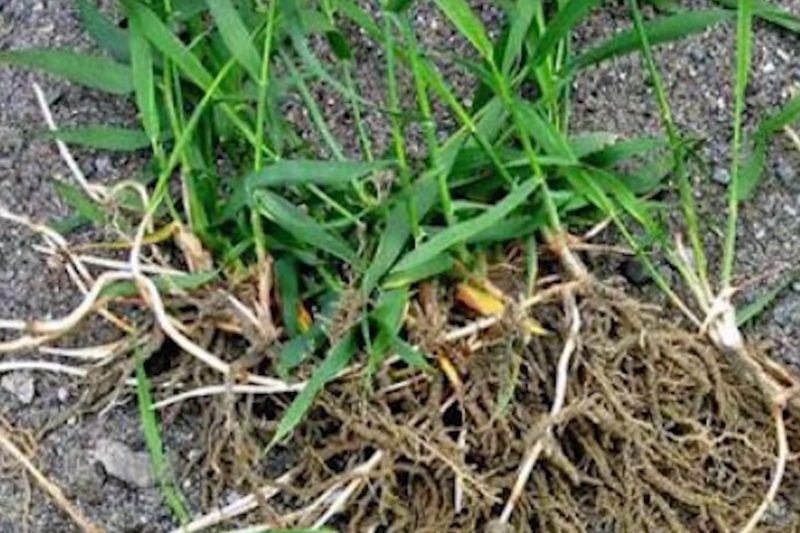
Creeping wheatgrass is easy to recognize by its thin, branched, creeping rhizome of a cylindrical structure. There are a lot of ground shoots, they are presented in the form of straight stems from 40 to 120 cm in height. Leaves are entire, flat, up to 10 mm wide, up to 40 cm long, linear, green. Inflorescences in the form of ears 15 cm long.
Flowering time: late spring - early summer. Propagated by seeds. But if they try to remove it from the garden bed, cut it into pieces with a shovel, then parts of the rhizome with buds give rise to a new plant. In traditional medicine, the root is mainly used. In order to prepare a medicinal product, the plant is harvested in spring or autumn. The main landmark is before or after flowering.
In nature, there are more than 50 species of cereal weed called wheatgrass. But the most widespread species in Russia is creeping wheatgrass. The people called it differently: dog grass, wolf's tooth, wheatgrass, rye, "field fire", grass root, dandur, grass worm, "white root".
External features:
- leaves look like narrow plates, have all shades of green;
- on the leaves, the veins are parallel, the stem is a straw without a core;
- the root has a fibrous system, it grows for tens of kilometers;
- flowers form a panicle;
- in a spikelet up to a thousand grains.
Growth and yield are not affected by nutrient-poor soil, cold temperatures, drought or sweltering heat.
How to grow wheatgrass correctly?
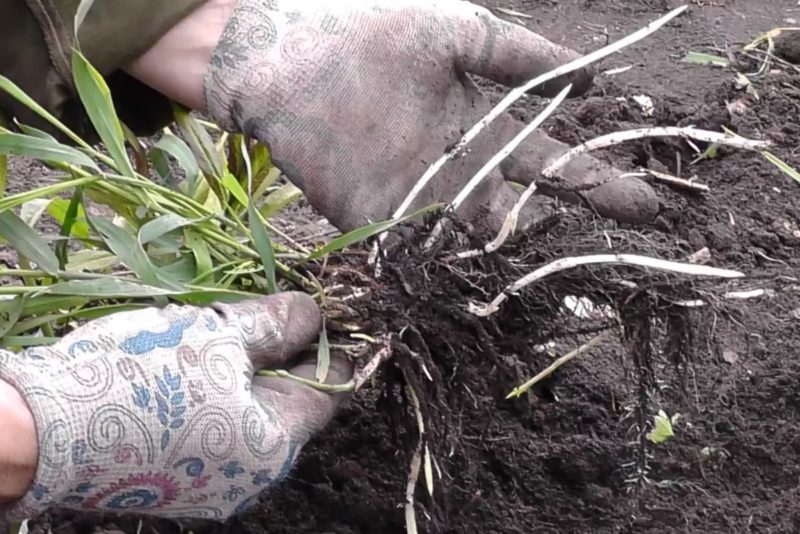
While gardeners are struggling with a vicious weed, farmers grow it as nutritious feed for livestock. This plant culture does not need special living conditions, does not require special care, and bears a crop regardless of the weather. The only thing you need to grow a plant is patience.
Growing stages:
1) seeds:
- soil preparation;
- soaking seeds;
- sowing seeds over the site;
2) vegetatively:
- digging roots;
- divided into parts with a kidney;
- planted on the site.
The main requirement that a plant makes is good lighting, soft soil.
What part of wheatgrass is used in traditional medicine?
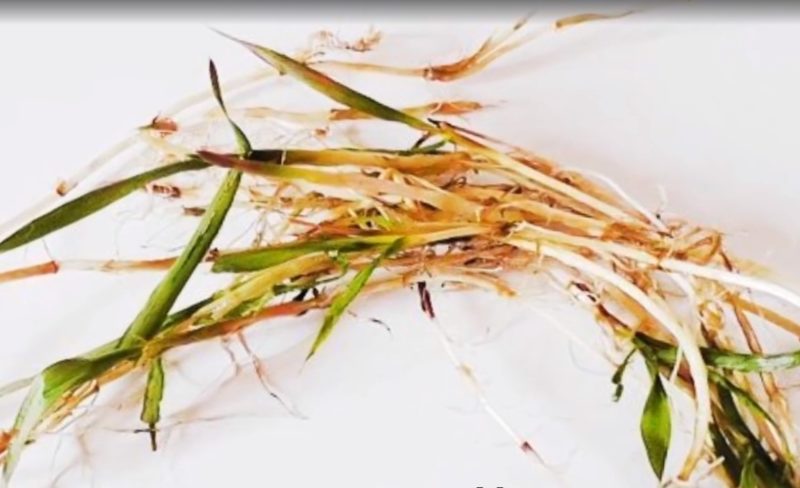
In wheatgrass, all parts are considered useful: root, stem, leaves, spikelets, even flowers. Green shoots are an excellent vitamin food for animals. Domestic cats and dogs enjoy eating it, replenishing the supply of vitamins and minerals spent during the winter. Shredded ears provide nutritious flour. During the war years, this weed saved the villagers from hunger. And sown together with wheat increased productivity, nutritional value. The most medicinal part of wheatgrass is the rhizome growing at a depth of 15 cm. The stems and small roots are cut from it, and washed. Then they are dried in an oven at a temperature of up to 60 degrees or in the open air, and then crushed. Store in a sealed container or a canvas bag in a dark, dry place for no more than three years.
In what form is a folk remedy made from wheatgrass effective?
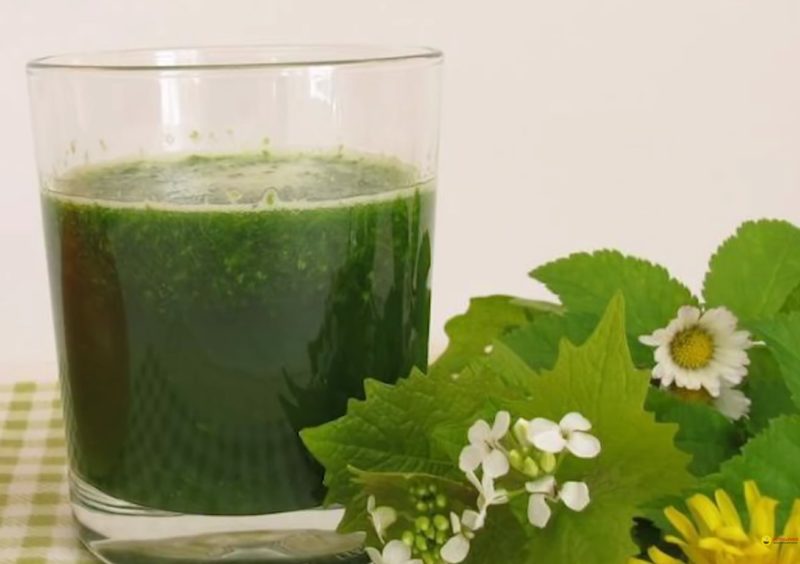
There are a great many medicinal recipes from creeping wheatgrass. In folk medicine, it is used in the following forms:
- pills;
- green foliage;
- freshly squeezed juice from the root or stem;
- alcohol infusion;
- infusion in cold water or boiling water;
- broth;
- baths;
- compresses.
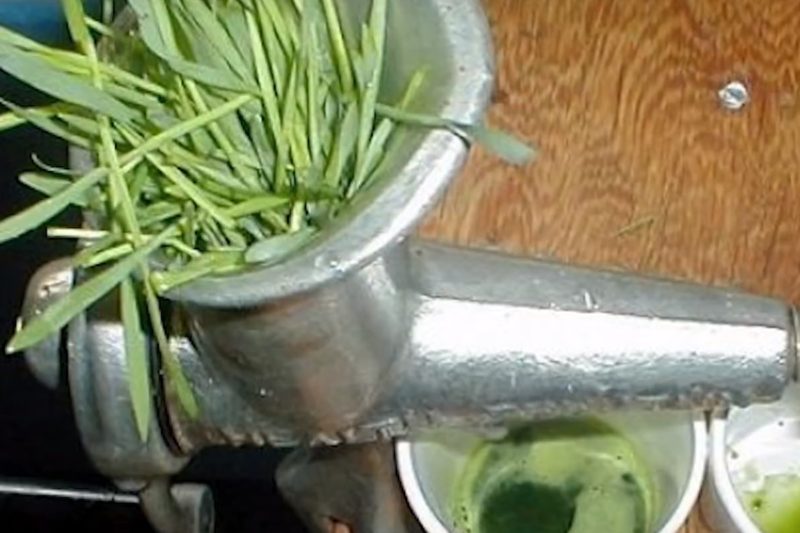
- The tablets are quick and easy to prepare. Juice is squeezed out of the stalks crushed in a blender or meat grinder, soaked in bread, peeled from the crust, and then balls are rolled. Taking such a medicine 50-60 minutes before meals for 30 days helps to strengthen the immune system, restore the work of the gastrointestinal tract, improve well-being and metabolism.
- Juice from greens is squeezed out after boiling water. And then crushed, diluted with water in equal proportions, filtered, boiled for 2-3 minutes. This product cannot be stored for a long time. It is effective for the treatment of diseases of the upper respiratory tract, stomach, intestines. Helps remove stones from the gallbladder.
- Fresh green leaves are great for sweating feet. To do this, at night, cleanly washed feet are wrapped in leaves, especially between the toes, put on socks, and go to bed. In the morning you need to remove the grass, wash your feet. After a week, there will be a noticeable decrease in sweating, no unpleasant odor.
- The infusion is made mainly with cold or hot water, less often with alcohol. This form of medication is used to remove salt from the body, treat joint pain, gout, cirrhosis of the liver, prostatitis, gastric or duodenal ulcers, and inflammation of the genitourinary system. Helps with gastritis.
- The broth effectively copes with edema. Excretion of excess fluid helps to cleanse the body of toxins, harmful substances, salts, which helps in the treatment of skin rashes. In the form of a decoction, plant culture is an effective expectorant. In the form of enemas, heals the rectum for constipation, hemorrhoids. Strengthens blood vessels, capillaries, improves elasticity. Helps in neutralizing the harmful effects of antibiotics.
- Root decoction baths have an anti-inflammatory, soothing, cleanser.
- Compresses relieve inflammatory manifestations of the skin. They have antimicrobial effect.
Which firms produce wheatgrass medications?
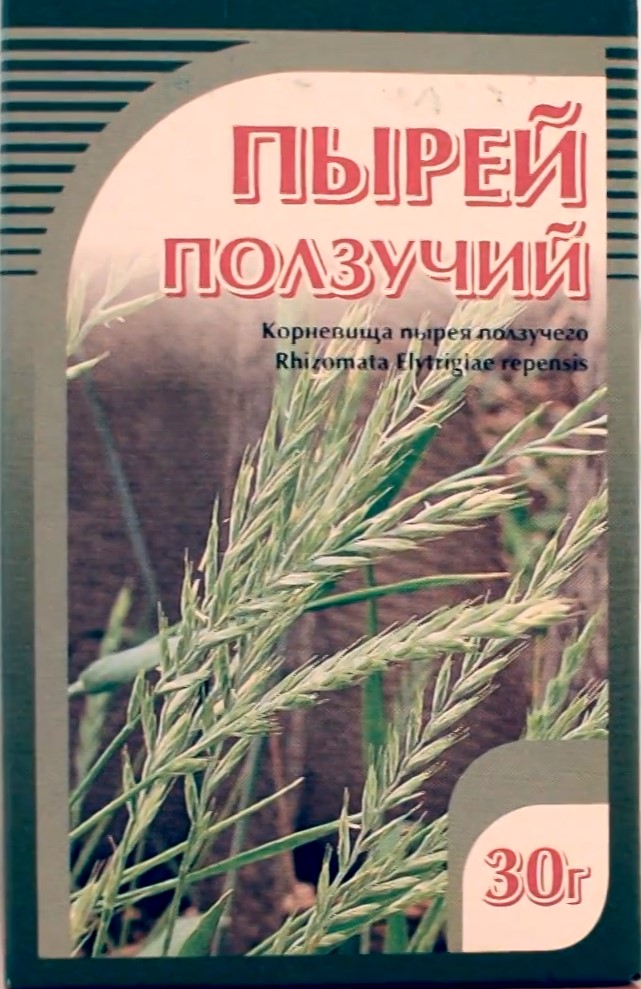
Some of the most renowned herbal producers offering quality products:
| number | Manufacturer | average price |
|---|---|---|
| 1 | "Russian roots" | 80 rubles |
| 2 | "Energy of herbs +" | 85 rubles |
| 3 | "HORST" | 90 rubles |
| 4 | "Lekra-SET" | 65 rubles |
- The Russian company "Russian roots" produces medicines, biological additives, aromatic oils, herbal preparations. The team of this company is confident that the folk remedies used by our ancestors are more effective and useful than pharmaceuticals. They do not contain chemical additives harmful to the human body.The company believes that natural forces contribute not only to recovery, but also to health and improvement of appearance. Russian roots products are popular in Russia and in the CIS countries.
Wheatgrass root of this manufacturer is offered in pharmacies in the form of a dry mixture of 25 g at an affordable price: 80 rubles.
- The company "Herbs Energy +" was founded in 1997. Its founder is I.G. Dudarenkova. - candidate of biological sciences. The company is located in the Krasnodar Territory, specializing in the production of environmentally friendly herbal medicinal preparations. Has certificates for providing consumers with quality products containing useful medicinal substances.
"Wheatgrass creeping (roots)" produced by the Russian company "Energy Herbs +" is sold packaged in 20 g at a price of 85 rubles.
- The Russian private producer "KHORST" differs from other companies by original herbal preparations with unique biological properties that have a noticeable beneficial effect on human health. The company aims to use only effective plant crops, high-quality production, adherence to selection technology, absence of allergenic components, pleasant taste, and maintaining a loyal price.
"Wheatgrass creeping (rhizome of creeping wheatgrass)" company "HORST" will cost the buyer 90 rubles for a box weighing 30 g.
- Limited Liability Company "Lekra-SET" was established 24 years ago. The location of the company is Barnaul. This manufacturer is a well-known supplier of dietary supplements supplied in the form of herbal teas, herbal preparations. The assortment includes about a hundred items.
Wheatgrass root from the series "Gifts of Nature" LLC "Lekra-SET" is offered in the form of crushed raw materials for preparing a tea drink in a package weighing 25 g at a budget cost of 56 rubles.
What rules must be followed when harvesting herbal raw materials?
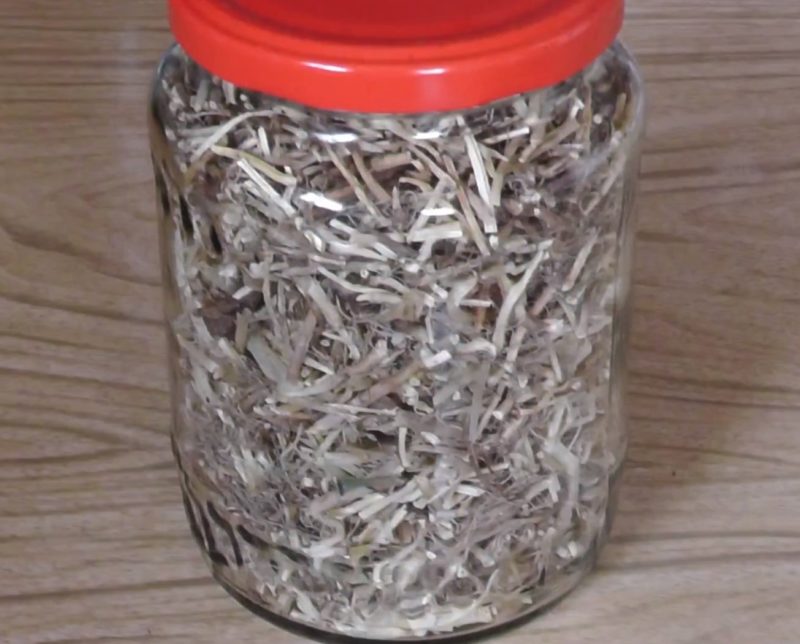
When collecting medicinal herbs yourself, remember the following:
- Plants must be harvested when it contains the greatest amount of useful, medicinal substances.
- When collecting, you must carefully examine the grass, take only healthy samples.
- The deciduous part must be harvested in dry weather, the roots are easier to dig after rain.
- It is categorically impossible to collect plant materials near roads and settlements. Such plants can contain a large amount of harmful substances absorbed from the surrounding ecology.
- Experts advise to collect surface parts in the morning, underground - in the evening. Caring biologists believe that the healing properties of herbs are influenced by the time of collection, as well as the phases of the moon. There are suggestions that plants will be filled with greater magical healing power if they are harvested under favorable conditions.
- The raw materials must be folded correctly, preferably in special baskets, without filling them tightly so that there is no overheating, decomposition and loss of important substances.
- It is better to use special tools when collecting herbs. Herbalists recommend using a stainless steel knife.
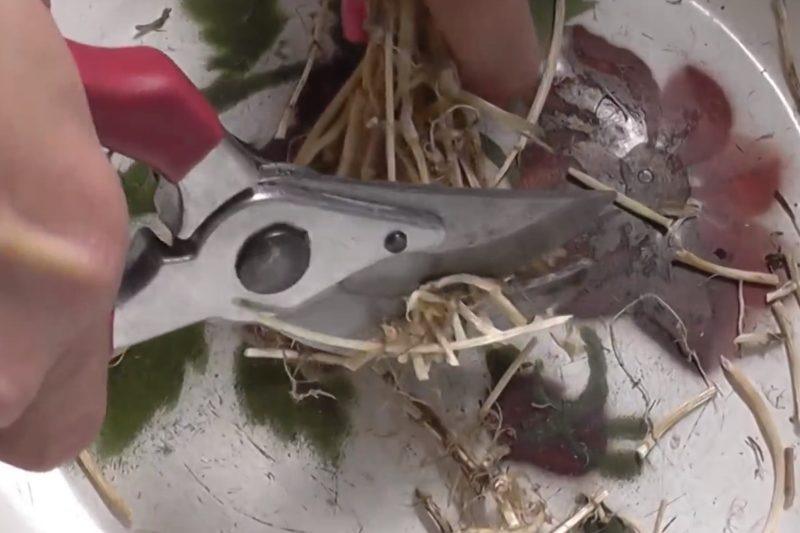
Conclusion
Having received free access to pharmaceutical chemicals offered in pharmacies located at every step, people began to forget about the healing efficacy of medicinal plants, which not only minimize negative side effects, but also heal the body. Wheatgrass is a unique plant culture with many medicinal properties, which can not only help in treatment, but also save the budget.
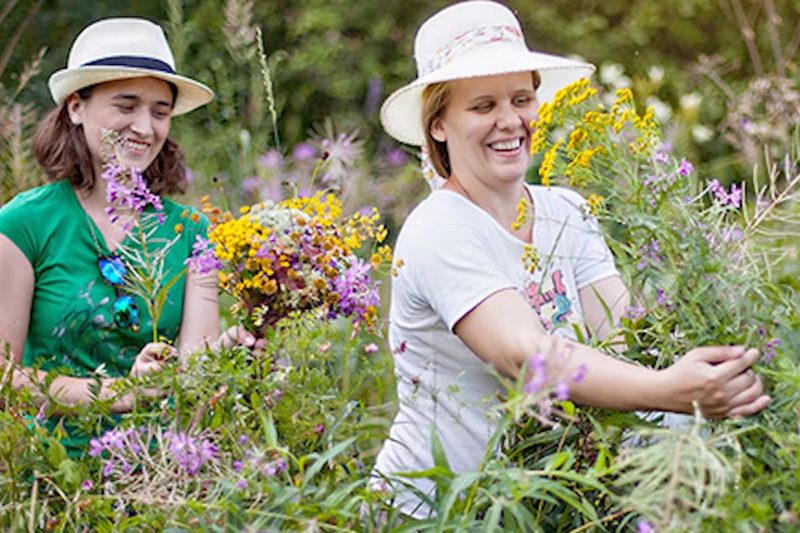
If you have experience using the creeping wheatgrass described in the article, tell us about it in the comments.

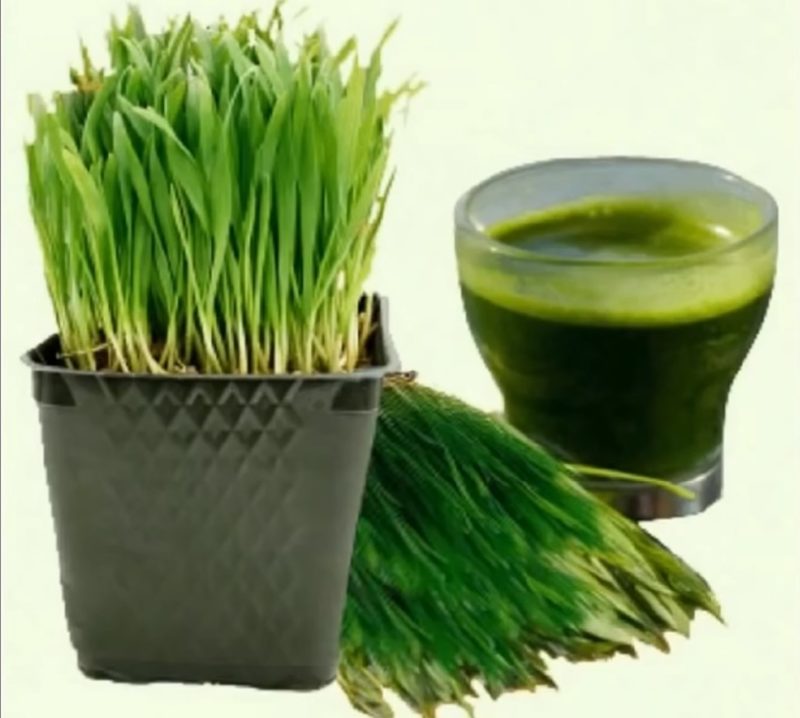


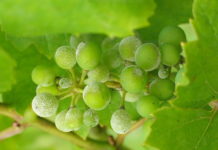

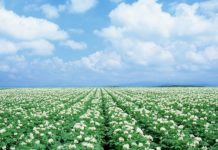







My yerki eat wheatgrass. If there is a disorder in dogs, I mix chopped leaves into the food. Enough once.